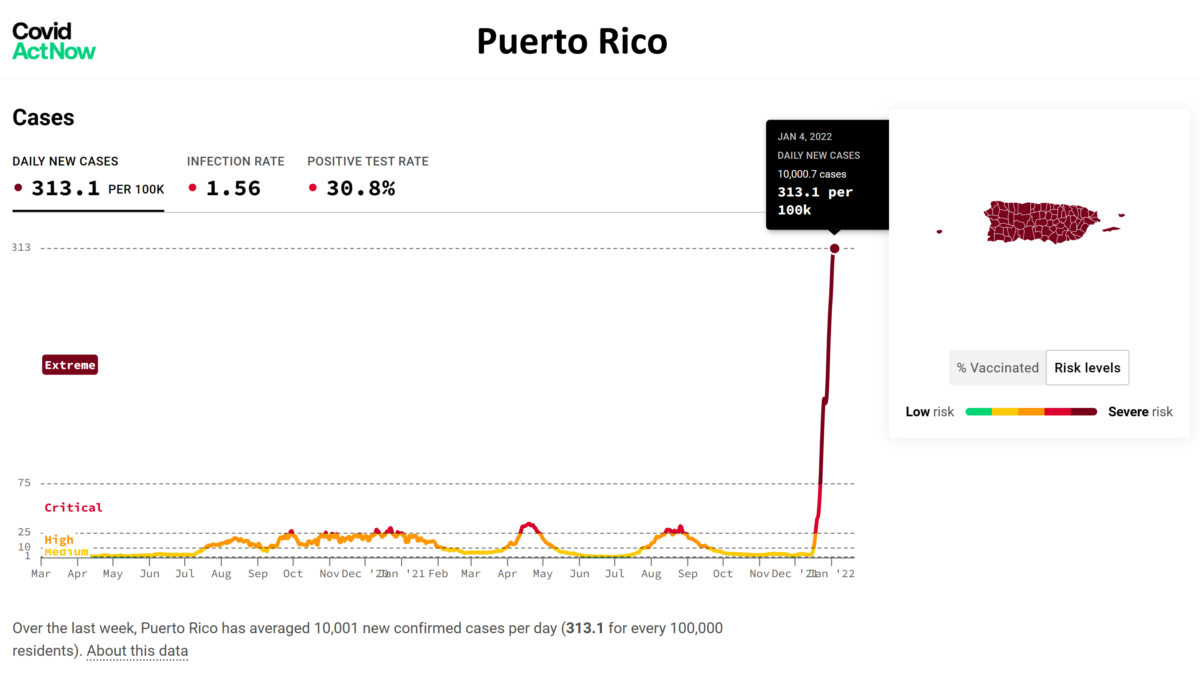California drought: Measuring life in gallons – ‘Water, water, water, water. I never thought about it before. Now I don’t think about anything else.’
By Eli Saslow
20 July 2015 PORTERVILLE, California (Washington Post) – Their two peach trees had turned brittle in the heat, their neighborhood pond had vanished into cracked dirt and now their stainless-steel faucet was spitting out hot air. “That’s it. We’re dry,” Miguel Gamboa said during the second week of July, and so he went off to look for water. He had a container in the bed of his truck from the dairy where he worked, a 275-gallon tank that had been used to treat milk with chemical preservatives. Now he rinsed it with bleach and drove out of the suburbs, passing rows of tract houses with yellowed front lawns. He went to see a friend who still had a little water left in his well, and the friend offered Gamboa his hose. They stood together and watched the tank begin to fill with water that looked hazy and light brown. “You really want this?” the friend asked. “It doesn’t look that safe.” “It’s good for now,” Gamboa said. “We have to take what we can get.” For a few days now, they had been without running water in the fifth year of a California drought that had finally come to them. First it had devastated the orchards where Gamboa and his wife had once picked grapes. Then it drained the rivers where they had fished and the shallow wells in rural migrant communities. All the while, Gamboa and his wife had donated a little of their hourly earnings to relief efforts in the San Joaquin Valley and offered to share their own water supply with friends who had run out, not imagining the worst consequences of a drought could reach them here, down the road from a Starbucks, in a remodeled house surrounded by gurgling birdbaths and towering oaks. Their ranch-style home had three bedrooms on half an acre, and they had bought it for $250,000 in January with all of their savings. It had a large back yard and a playroom for their four children. It had a well dug to 80 feet, which the inspector had assured them was deep enough. “Come live your California dream in this cute ranchette!” the real estate listing had read, but now the ranchette was another California house with no running water. In a county where half of all residents depend on well water, their well was the 1,352nd to go dry. Gamboa, 37, drove home with the tank of murky water. His wife, Paula Garcia, helped him transfer it into buckets and pots they could carry into the house. “We can’t drink this stuff,” Gamboa told her, and he explained that the water would allow them to fill their toilets, wash dishes and rinse off with a bucket in the shower that no longer worked. They couldn’t use it for cooking, he said, but they could use it to clean the kitchen, care for their pets and sustain what little was left of their yard. “How long will this last us?” asked Garcia, 33, pointing at the tank. “It looks like a lot.” “You’d be surprised,” Gamboa said. “Probably a day. Maybe two.” “And then what?” his wife asked. They stood together against his truck and watched as a neighbor with a deeper well came outside to move his sprinkler to the other side of his lawn. “Then we hope for rain.” […] “That means we have enough for about 10 hours,” she said. “Water, water, water, water. I never thought about it before. Now I don’t think about anything else.” [more]

